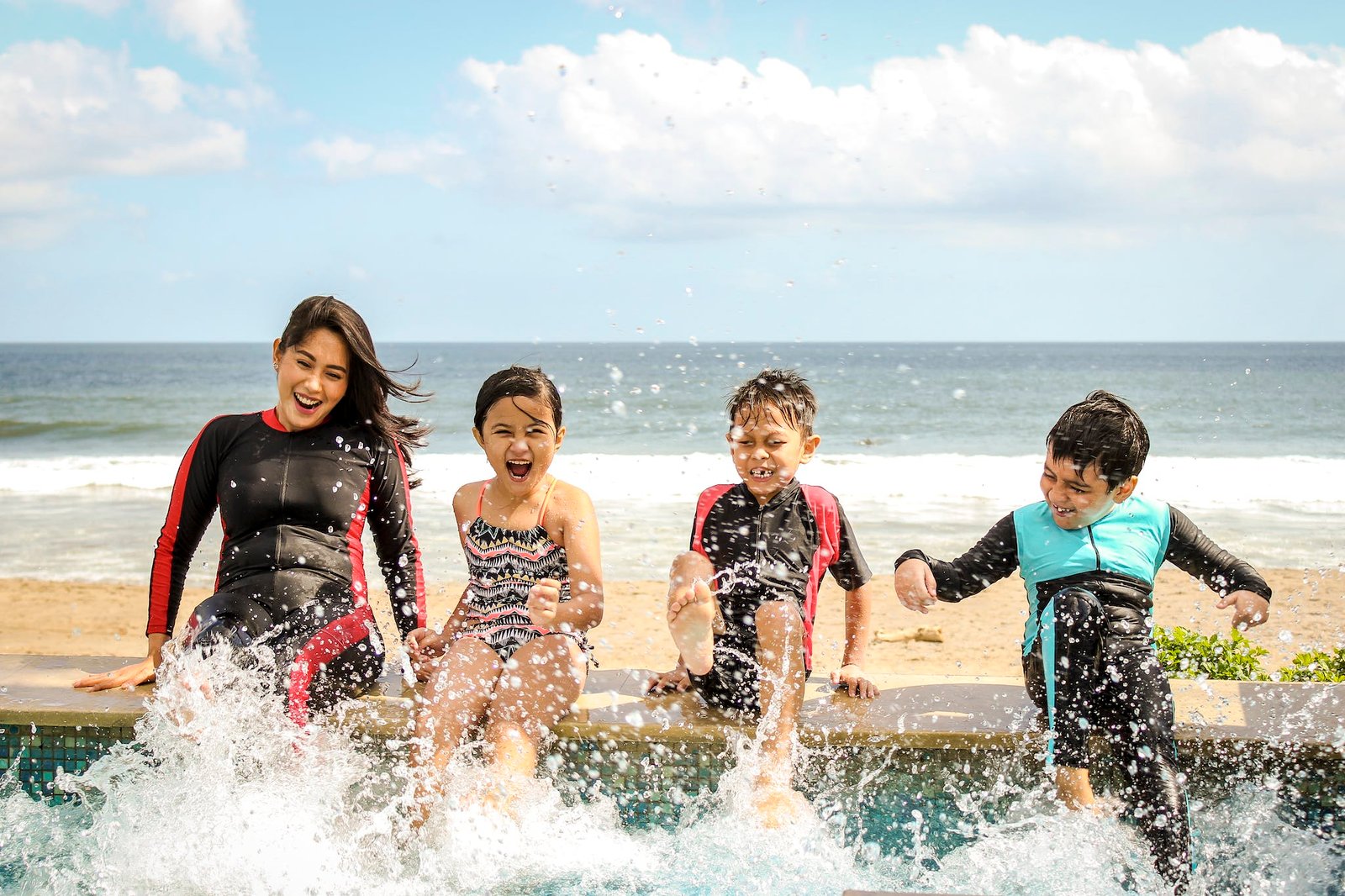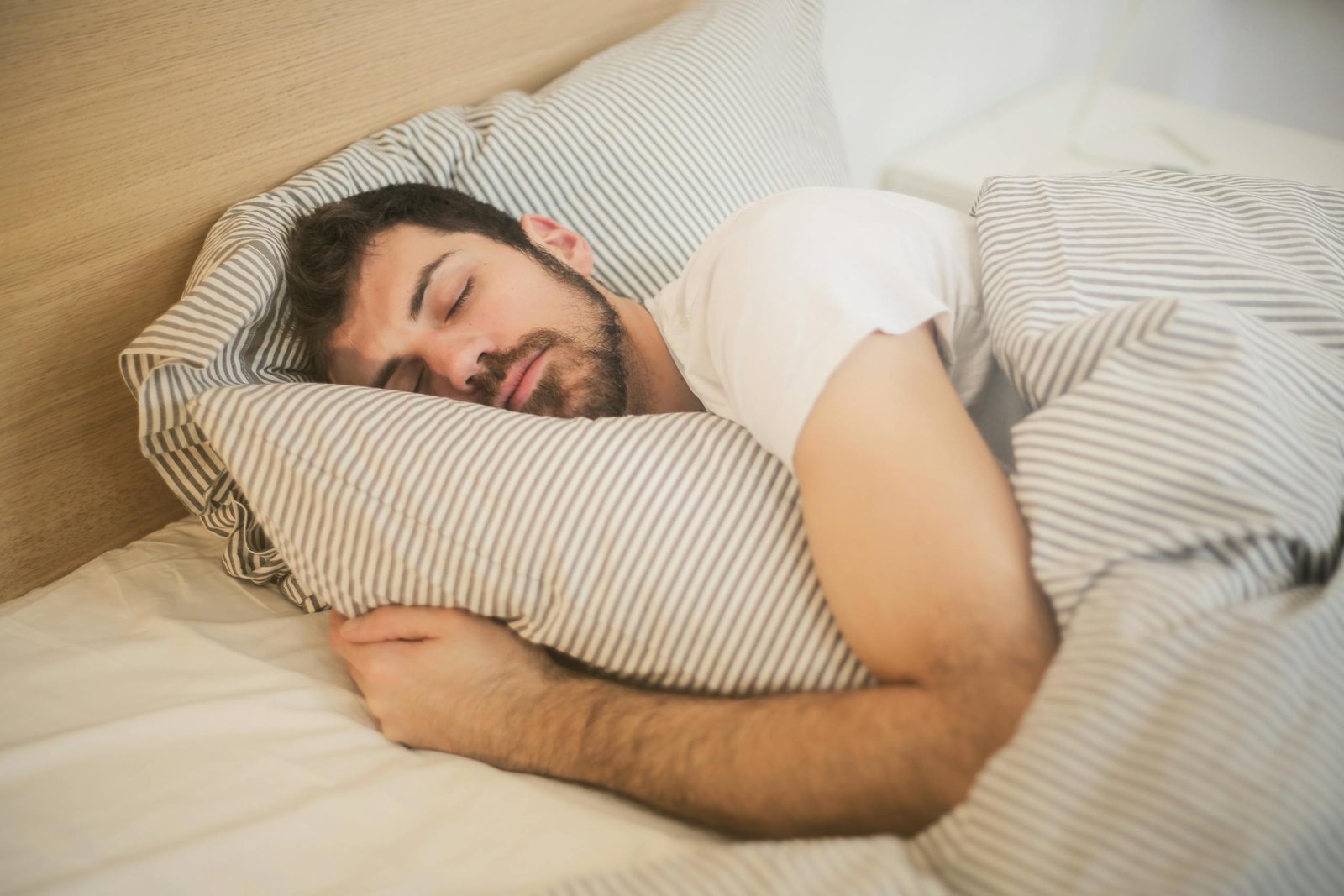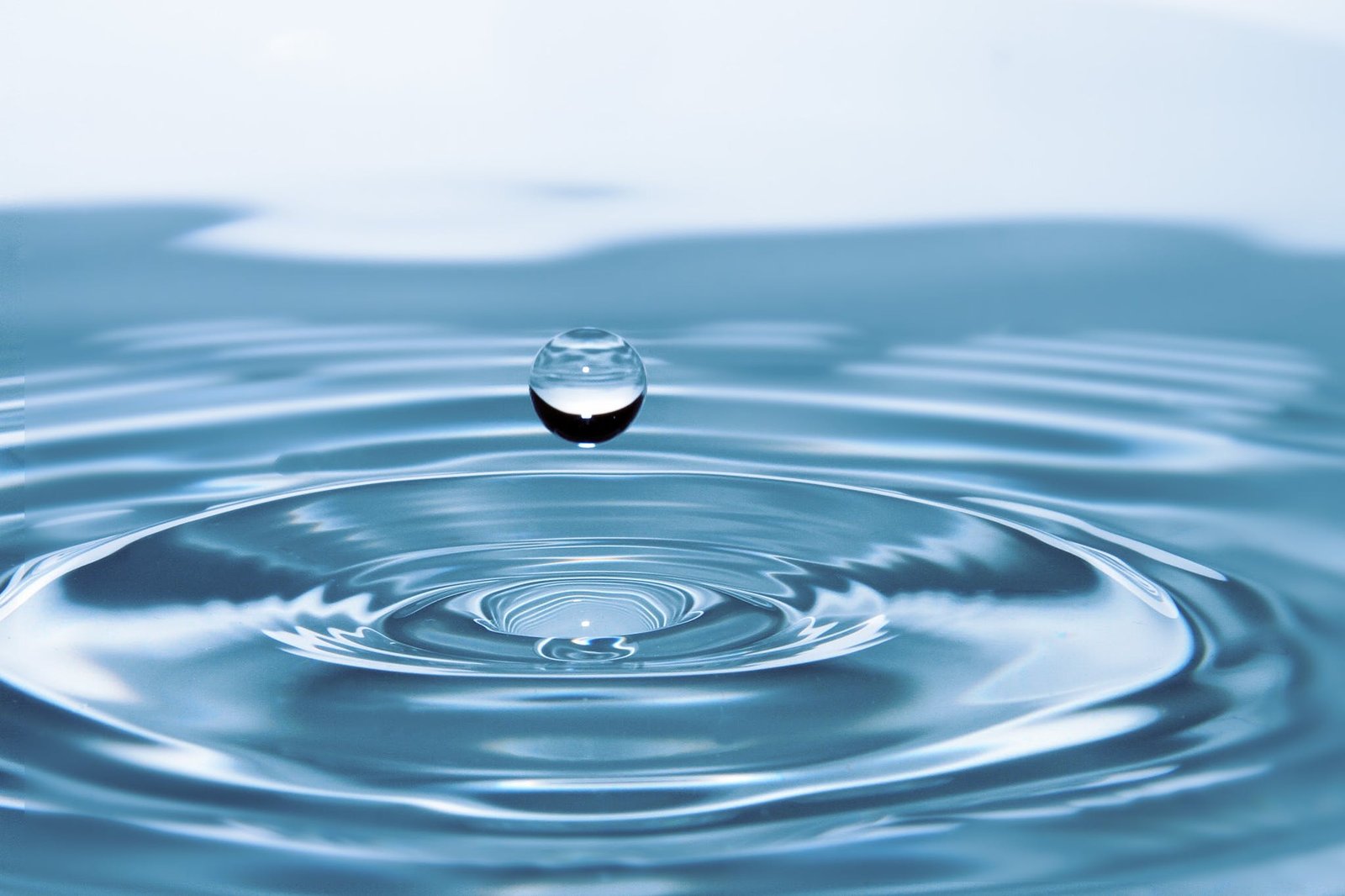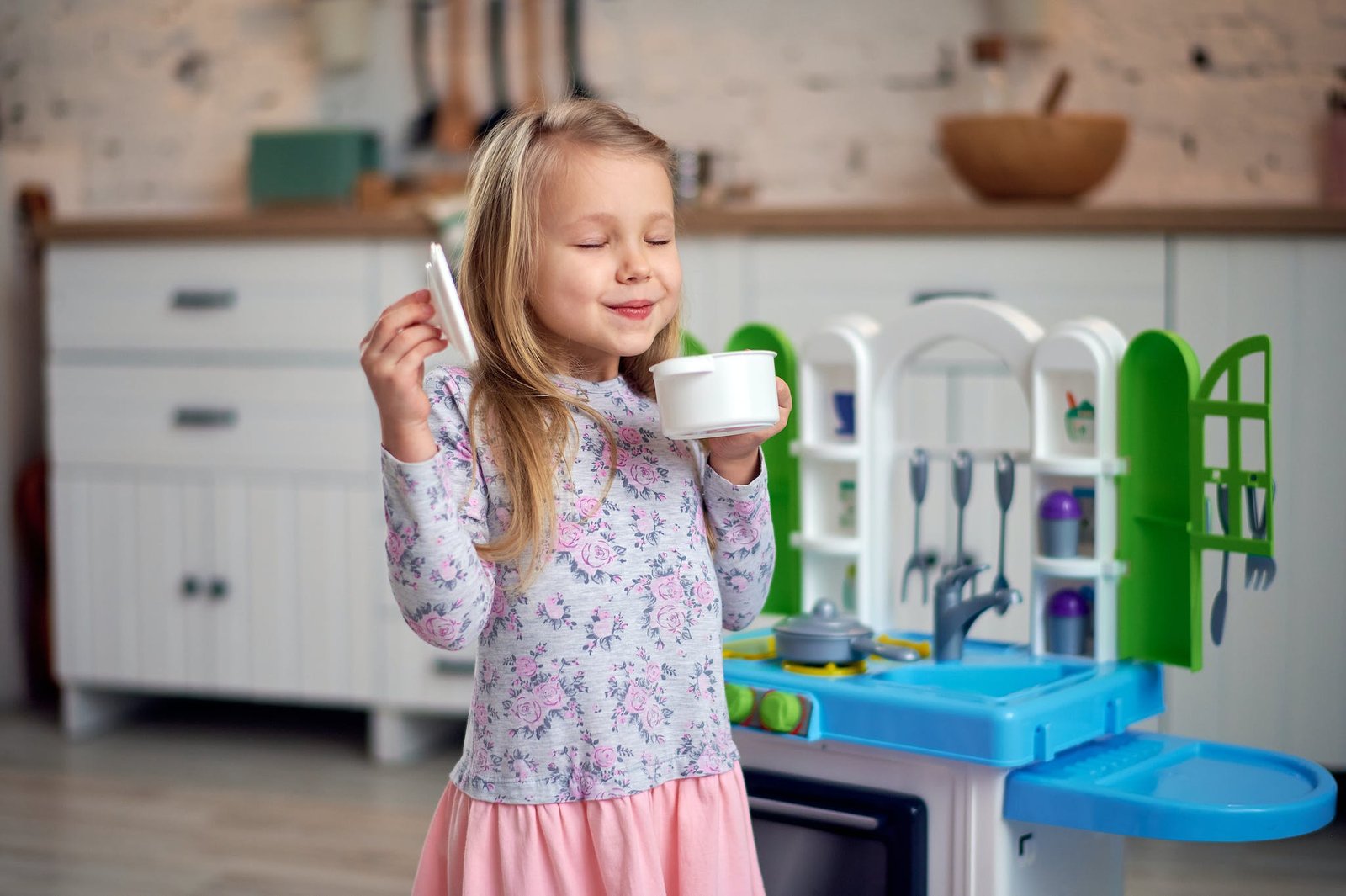Can You Bring a Water Bottle on a Plane in 2024? [Updated Guide]
There are some affiliate links below, but they are all products I highly recommend. For more info, view my disclosure here.
Ever found yourself at the airport security line, clutching a water bottle and wondering if you can take it past the checkpoint? You’re not alone. Air travel etiquette can be a confusing maze, especially when it comes to what’s allowed on board. Can you bring a water bottle on a plane? The short answer is yes, but there are some key rules you’ll need to follow.
Understanding airline regulations and TSA guidelines is crucial for a smooth journey. Whether you’re a frequent flyer or a first-time traveler, knowing the ins and outs of carrying liquids can save you time and stress. In this post, we’ll guide you through the essentials, ensuring you’re well-prepared for your next flight. Stay hydrated and informed—your travel experience depends on it.
![Can You Bring a Water Bottle on a Plane in 2024? [Updated Guide] 2 Woman Walking on Pathway While Strolling Luggage](https://hydratehere.com/wp-content/uploads/2024/08/woman-walking-on-pathway-while-strolling-luggage-1008155-1024x681.jpg)
TSA Regulations on Liquids
Traveling by plane involves navigating various rules and regulations, especially when it comes to what you can bring in your carry-on luggage. Liquids pose a particular challenge for air travelers. The Transportation Security Administration (TSA) has established specific guidelines to help passengers understand how to pack liquids. Let’s dive into these rules.
Understanding the 3-1-1 Rule
The TSA’s 3-1-1 rule is like the blueprint for packing liquids in your carry-on. It breaks down into three simple parts:
- 3.4 ounces (100 milliliters): This is the maximum size for each liquid container in your carry-on. Any container larger than this, even if it’s half-full, is a no-go.
- One quart-sized, clear, plastic, zip-top bag: All your liquid containers must fit into a single quart-sized bag. This keeps things organized and easy for security checks.
- One bag per passenger: Each traveler is limited to one bag of liquids in their carry-on. This rule ensures a smooth and speedy security process.
But what counts as a liquid? Think of it as anything that can slosh, squirt, or spill. This includes not only water and drinks, but also gels, creams, pastes, and even some cosmetics. Imagine packing your bag like solving a puzzle where every piece has its place.
Exceptions to the Rules
While the 3-1-1 rule is pretty straightforward, there are a few exceptions that cater to special needs. Life sometimes tosses a curveball, and the TSA gets that:
- Medications: If you need liquid medications, you’re in the clear. Just declare them to the TSA officer and be ready for a quick inspection. Always carry documentation or prescriptions to avoid any hiccups.
- Baby Formula and Breast Milk: Traveling with an infant? You’re allowed to bring formula, breast milk, and juice for your little one. Like medications, these don’t have to fit into the quart-sized bag. Just make sure to inform the security staff.
- Essential Liquids: This includes items like liquid nutrition products or items for passengers with disabilities. Don’t worry about having to fit these into your quart bag either.
These exceptions ensure passengers can bring what they genuinely need for their journey. Whether you’re managing a health condition or flying with a baby, these rules have some flexibility to accommodate you. Just remember to communicate and plan ahead, ensuring your journey is as comfortable as possible.
![Can You Bring a Water Bottle on a Plane in 2024? [Updated Guide] 3 Photo of People in Airport](https://hydratehere.com/wp-content/uploads/2024/08/photo-of-people-in-airport-2612113-1024x683.jpg)
Bringing a Water Bottle Through Security
Travelers often find themselves wondering about bringing water bottles on flights. Flight rules can seem confusing at first, especially when it comes to liquids. Let’s break it down so you know exactly what to do.
Empty Water Bottles
Good news! You can bring an empty water bottle through airport security. TSA rules prohibit liquids over 3.4 ounces in carry-on bags. However, an empty bottle is fine. Here are some benefits of bringing an empty water bottle:
- Cost Savings: Ever noticed how expensive bottled water is at the airport? Bringing your own bottle saves you money.
- Environmental Impact: Using a reusable bottle reduces plastic waste, helping keep the planet green.
- Convenience: Stay hydrated on your schedule by having a bottle ready to go.
Next time you’re getting ready for a flight, remember to toss an empty bottle in your bag. It’s a little act that makes a big difference.
Refilling Water Bottles Post-Security
After you breeze through security with your empty bottle, the next step is finding a place to fill it up. Most airports have made this easy:
- Water Fountains: Many airports offer water fountains, often with special spouts for filling bottles.
- Hydration Stations: These are becoming more common in airports. Designed specifically for bottles, they’re quick and easy to use.
- Cafés and Restaurants: Some cafés are happy to fill your bottle with water. Just ask politely!
Finding water after security is like finding an oasis in the desert—refreshing and simple. So, pack that empty bottle and enjoy the perks!
Bringing Water Bottles on International Flights
When planning an international trip, one small yet important detail travelers often wonder about is the rules for bringing water bottles on a plane. While staying hydrated during flights is crucial, understanding the regulations that vary by country is equally important. Here’s a look into what you need to know.
Different Countries’ Regulations
One fascinating thing about flying internationally is how each country sets its own rules for what you can bring aboard. When it comes to liquids, including water, these rules can vary widely, so it’s essential to know them before you pack.
- European Union: In the EU, you’re allowed to carry liquid containers in your hand luggage as long as each is no more than 100 milliliters (about 3.4 ounces). These containers must fit into a single, clear, resealable plastic bag with a capacity not exceeding 1 liter (approximately 1 quart).
- United States: Similar to the EU, the US follows the 3-1-1 rule. You can bring liquids in 3.4-ounce bottles or smaller that fit in a 1-quart size, clear, resealable bag.
- Asia: Each country in Asia might have its specifics, but places like Japan and China generally align with the 100 milliliters per container rule. However, always double-check since regulations can change.
Catching any country-specific quirks is key to a smooth travel experience. Imagine liquid rules as a sort of language—they might sound similar but can have distinct local accents.
Customs Restrictions
Once you land in a new country, there’s another layer to consider—customs. Customs regulations determine what you can bring into the country. When it comes to liquids, including water bottles, these rules are equally important to know.
- Declare or Discard: Some countries require you to declare all liquids, even if they are sealed, while others might confiscate any liquids over a certain limit. Always declare if unsure.
- Local Rules: Countries such as Australia and New Zealand have strict biosecurity laws. Bringing in any food or drink without declaring could lead to hefty fines.
- Packaged and Sealed: If you’re hoping to bring in a special kind of water from home, ensure it’s commercially packaged and sealed. This can sometimes help smooth the customs process.
Understanding these rules is like knowing the road signs of a new driving route—they guide you safely to your destination without surprises.
Traveling with a water bottle shouldn’t be confusing. By grasping different countries’ regulations and customs rules, you can quench your thirst and enjoy your journey hassle-free.
Choosing the Right Water Bottle for Travel
When you’re packing for a flight, choosing the right water bottle is key. You want something that fits your needs without being a hassle. Whether it’s long flights or quick hops, the right bottle can make all the difference. But how do you decide which one suits your travel style? Let’s explore some options and features to consider.
Material and Size Considerations
Material and size are the first things to consider when picking a travel water bottle. The material affects the bottle’s weight, durability, and even taste. Here’s a quick guide:
- Stainless Steel: Durable and strong, stainless steel bottles keep drinks hot or cold for hours. They’re perfect for anyone who enjoys both hot coffee and icy water. However, they can be heavier than other options.
- Plastic: Lightweight and often cheaper, plastic bottles are easy to carry around. Just make sure they are BPA-free to avoid any harmful chemicals. They’re a great choice if you want something simple and affordable.
- Glass: If taste matters most to you, glass bottles don’t hold any odors or flavors. They’re also environmentally friendly. But remember, they can be fragile, so handle with care.
Size is also crucial. For a short flight, a smaller bottle might be enough. But for longer trips or layovers, a larger size ensures you stay hydrated throughout.
Features to Look For
Once you’ve decided on material and size, look for features that make your bottle travel-friendly. Here are some to consider:
- Leak-Proof Lids: No one wants a soggy backpack. Look for a bottle with a secure, leak-proof lid to keep your belongings safe and dry.
- Collapsible: If space is tight, a collapsible bottle can be a lifesaver. These bottles fold up when empty, taking up minimal space in your carry-on.
- Insulation: Insulated bottles keep drinks at the right temperature. Whether you’re craving a hot tea or cold refreshment, insulation helps maintain the perfect sip.
- Easy-Cleaning: Check for bottles with wide mouths or removable parts. These make cleaning much simpler, so you can avoid any nasty buildups.
By focusing on these key areas, you can choose a bottle that not only keeps you hydrated but also complements your travel style. Remember, it’s all about finding that perfect balance between convenience and necessity.
Tips for Staying Hydrated While Traveling
Staying hydrated while flying isn’t just about comfort—it’s crucial for feeling your best. Airplane cabins are known for low humidity, which can dry you out faster than you might expect. Here’s how you can keep your hydration levels up before and during your flight.
Hydration Before the Flight
Start your journey on the right foot by focusing on hydration well before you even board the plane. Think of your body as a sponge—well-hydrated, it functions beautifully; parched, not so much.
- Drink water regularly: The day before your flight, aim to drink plenty of water. It’s like filling your tank before a long drive.
- Limit caffeine and alcohol: They can dehydrate you, so try to reduce your intake of these drinks the day before and day of travel.
- Eat water-rich foods: Foods like cucumbers, oranges, and watermelon can add to your hydration and give your body a healthy start.
During the Flight
Once on board, keeping up your water intake can be tricky, especially with all the distractions around. But it’s worth it—your body will thank you for it!
- Use a reminder: Set an alarm on your phone or a smartwatch to nudge you to take a sip every hour. It’s easy to forget when you’re caught up in a movie or book.
- Bring an empty water bottle: Fill it after passing through security. Having it on hand makes it easier to keep drinking throughout the flight.
- Ask for water during service: Don’t hesitate to request water each time the flight attendants come around. They’re there to help keep you comfy.
- Stay mindful: Listen to your body. If you’re feeling tired or your lips get dry, these are signs to drink up.
Taking these steps will help you stay hydrated and comfortable, letting you arrive at your destination ready to explore.
![Can You Bring a Water Bottle on a Plane in 2024? [Updated Guide] 4 White and Blue Passenger Airplane Aerial Photography](https://hydratehere.com/wp-content/uploads/2024/10/white-and-blue-passenger-airplane-aerial-photography-1004584-1024x681.jpg)
Flying with a water bottle can be simple if you follow TSA guidelines. Empty your bottle before security and fill it up after. This saves money and reduces waste.
Plan in advance to avoid surprises at the airport. Use this opportunity to embrace eco-friendly travel choices!

![Can You Bring a Water Bottle on a Plane in 2024? [Updated Guide] 1 Gray Plane Wing](https://hydratehere.com/wp-content/uploads/2024/08/gray-plane-wing-62623-scaled.jpg)





